Recent Posts
-
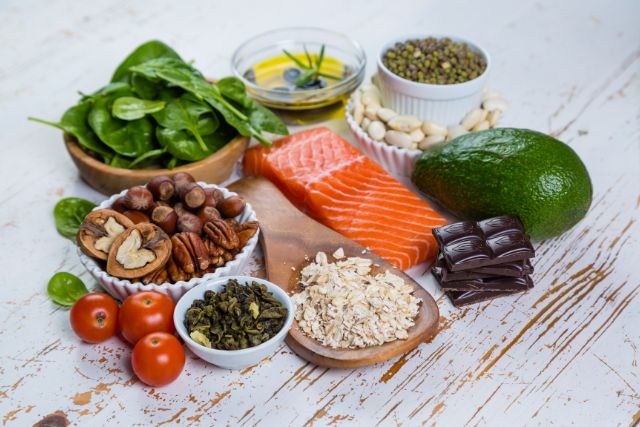
- Diabetes-Friendly Nutrition: Smart... 08.12.2024
-
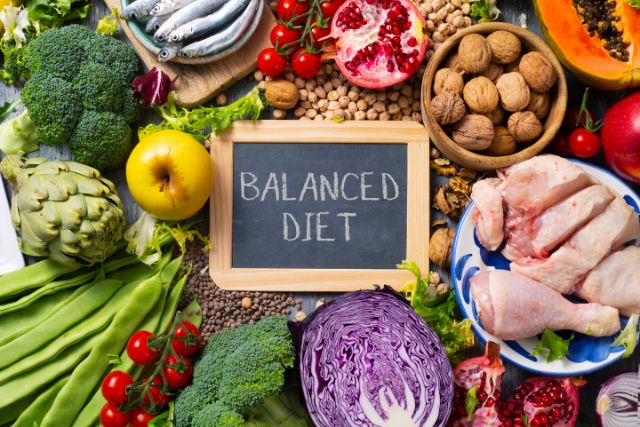
- Nutrition for Chronic... 08.12.2024
-
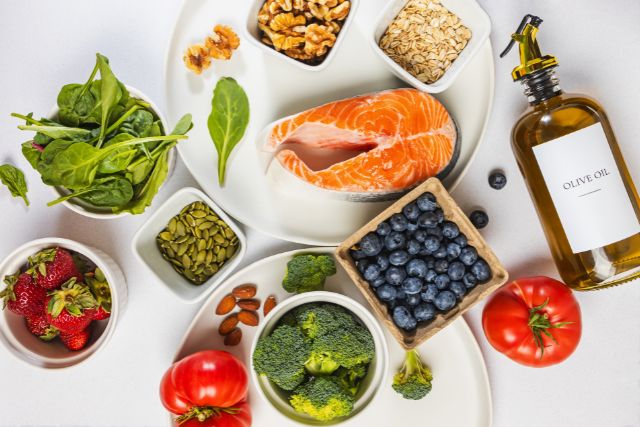
- Anti-Inflammatory Diet: Food... 08.12.2024
-
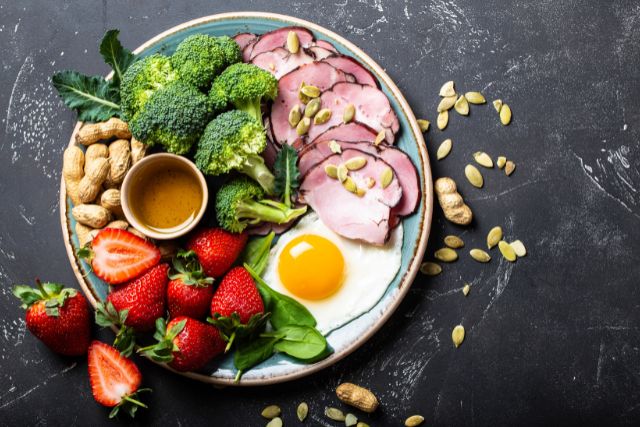
- Low-Sodium and Heart-Healthy:... 08.12.2024
-
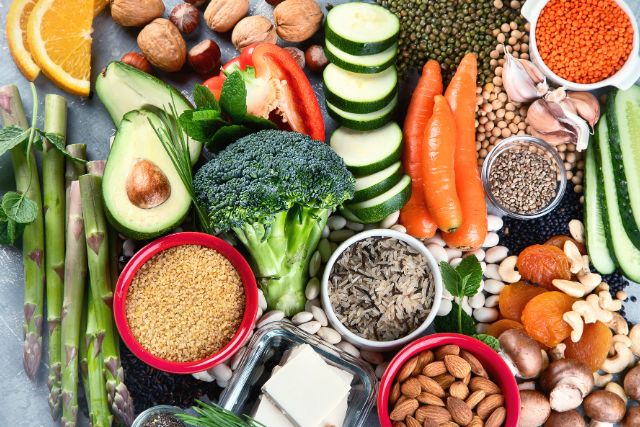
- Plant-Based Diets for... 08.12.2024
What is the Healthiest thing in the World to Eat?
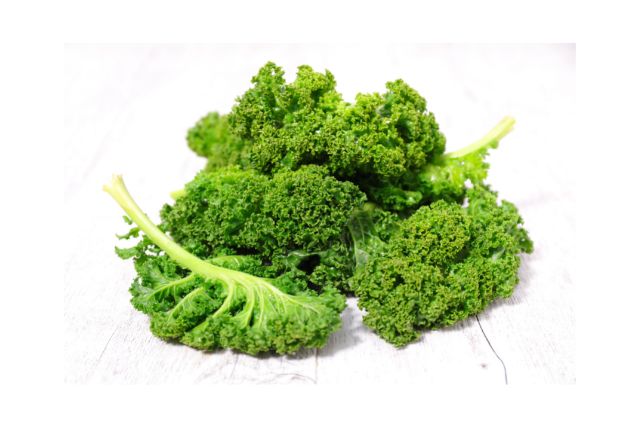
If you are in this article, I bet you are curious about what is the healthiest thing to eat in this world. There are many vegetables and fruits all over the globe which give all the nutrients we need, but what can be the most healthy of the healthy, and what makes it qualified for the title.
Before we introduce this food, let us describe it more, and together, we guess this food.
This food is a superfood.
Antioxidants are present in various superfoods and are one of the most critical components of these meals. You can learn more about these incredible substances right here, but in a nutshell, they prevent the harm to our body's cells that may be caused by pollutants such as free radicals. In a nutshell, we need them, and these superfoods come equipped with a lot of them.
Compared to its rivals, this cuisine offers the most incredible variety of advantages while presenting the fewest potential downsides.
It features a rosette of elongated leaves that are surrounded by borders that are either wavy or frilled. The leaves have a hue most often described as bluish-green, although they may also be a light green color, red, or even purple, depending on the variety. When there is sufficient time for growth, the main stem may reach a height of more than 24 inches.
Have you now guessed this food?
If you are thinking of Kale, then you are correct!
The health benefits of kale include its high fiber content, antioxidants, calcium, vitamins C and K, iron, and more. They have been shown to reduce the risk of various health problems. It has been demonstrated to lower the generation of toxins related to high blood sugar issues; thus, people with diabetes who consume more kale may experience a significant improvement in their condition as a result.
It is advised that you consume more kale to increase your fiber and potassium consumption, which may lower the risks you face from cardiovascular disease.
The examples are endless. Chlorophyll, which may be found in kale, can attach to carcinogens and prevent the human body ability to absorb them. Even if you take precautions to limit your contact with carcinogens, such as quitting smoking and limiting your consumption of foods derived from animals, you will still be exposed to some of them. Therefore, eating kale for lunch may help lower cancer risk.
Last but not least, consuming kale may even help maintain good skin and hair. Because it contains a sufficient amount of beta carotene, it helps contribute to the upkeep of the tissues in our body.
But this doesn't mean you must eat just Kale in your meal. There are still other vegetables available that also give you the nutrients you need. Just like the following list:
- Spinach: This savory green vegetable is rich in antioxidants that are good for you, and eating it regularly may lead to a considerable decrease in the risk of cardiovascular disease.
- Mustard Greens: They are one of the most acceptable sources of vitamin K, essential for avoiding blood clots and boosting heart and bone health. They are also one of the best sources of vitamin K.
- Watercress: May reduce the chance of developing cancer, helping to lower blood pressure.
- Sun-dried tomatoes: They include a wealth of vital antioxidants, which help maintain a healthy immune system, healthy eyes, and a general reduction in inflammation throughout the body.
- Artichokes: The antioxidant content of this food is relatively high compared to many other plants. They are scrumptious, low in fat, and packed with essential vitamins and minerals, including vitamin C, vitamin K, folate, phosphorus, and magnesium.
- Peas: Include a substantial amount of vitamin K, a vital nutrient beneficial in the fight against osteoporosis.
- Peppers: An excellent source of vitamins A and C, as well as potassium, and they also include a sufficient quantity of fiber and iron.
- Brocolli: Has a potent mix of calcium and vitamin C, necessary for producing collagen, a protein that helps build bones.
- Carrots: An excellent source of vitamin A, which is necessary for healthy eyesight since it participates in the brain's process of converting light into electrical impulses.
So do not limit yourself with the vegetables you eat; just remember to eat everything in moderation and balance. Be healthy and live healthily!
Sources:
- What Is The Number #1 Healthiest Food In The World? | Million Dollar Vegan
- kale | Description, Nutrition, & Facts | Britannica





